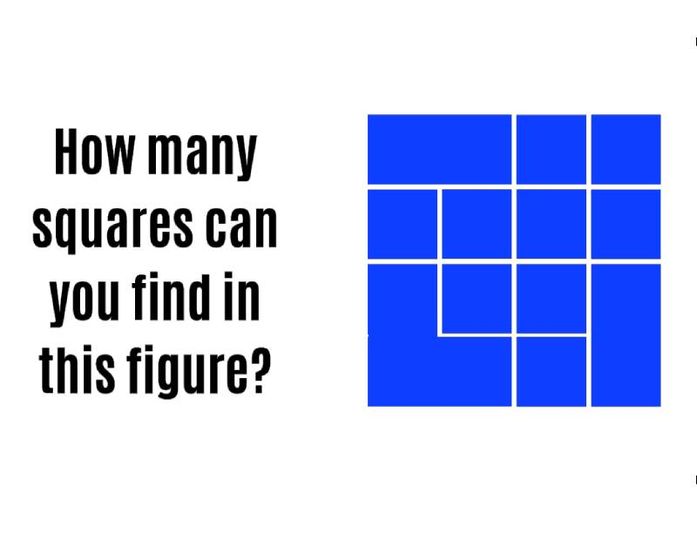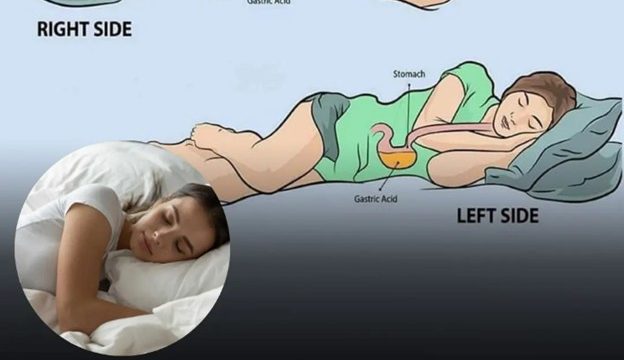Are you ready for a brain teaser that will test your visual perception and counting skills? Let’s dive into the fascinating world of geometric puzzles and explore the challenge of finding squares in a complex figure. This seemingly simple task can be surprisingly tricky, but with a keen eye and a systematic approach, you’ll be able to master it. Let’s get started!
The question Today:

The answer is: 16

Understanding the Puzzle
Before we jump into counting, it’s essential to understand the layout of the figure. Typically, these puzzles present a grid composed of smaller squares arranged in various patterns. Your mission is to identify all possible squares within this grid, including those formed by combining smaller squares.
Step-by-Step Guide to Counting Squares
1. Identify Single Squares
The easiest step is to count all the individual squares in the grid. Start with the smallest unit, usually 1×1 squares.
2. Look for Larger Squares
Next, expand your search to larger squares. For example, if your grid is 4×4, look for 2×2, 3×3, and 4×4 squares.
3. Combine Smaller Squares
Don’t forget to consider squares formed by combining smaller squares. These might not be immediately obvious, so take your time to explore all possible combinations.
Techniques to Improve Your Counting Skills
Use a Systematic Approach
To avoid missing any squares, use a systematic approach. Start from the top-left corner and move horizontally, then vertically. This method ensures that you cover the entire grid.
Break Down the Grid
Breaking the grid into smaller sections can make the counting process more manageable. Focus on one section at a time before moving on to the next.
Mark Your Progress
As you identify each square, mark it with a pencil or mentally note its position. This technique helps you keep track of which squares you’ve already counted.
Common Pitfalls to Avoid
Overlapping Squares
One common mistake is overlooking overlapping squares. Ensure you count each square formed by the intersection of smaller squares.
Double Counting
Be cautious not to count the same square multiple times. Keeping a systematic approach will help prevent this error.
Advanced Tips for Experts
Visualize Larger Patterns
As you become more proficient, start visualizing larger patterns and how smaller squares contribute to them.
Practice with Different Grids
Challenge yourself with different grid sizes and configurations to enhance your skills further.
Conclusion
Counting squares in a figure is not only a fun and challenging puzzle but also a great exercise for your brain. By following a systematic approach and practicing regularly, you’ll improve your skills and enjoy the satisfaction of solving these intriguing puzzles. So, the next time you encounter a grid, remember the tips and techniques discussed here, and you’ll be well on your way to becoming a square-counting expert. Happy puzzling!





